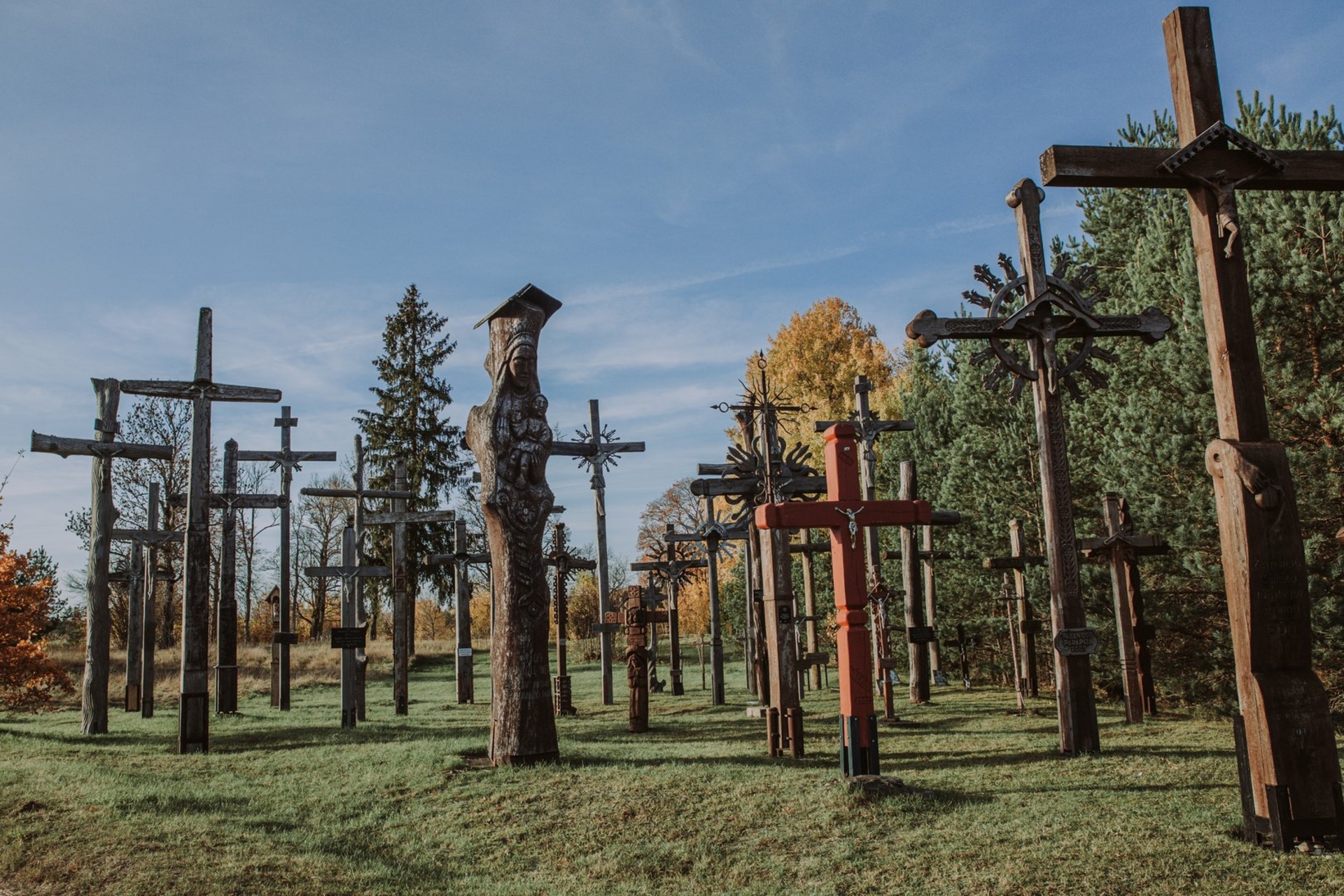The Defense of Kęstaičiai Church

221

0

0
The site of the martyrs in Kęstaičiai is one of Lithuania's most historically and religiously significant locations, closely linked with the struggles to preserve the Catholic faith. In 1883, as the Russian Imperial authorities attempted to close Kęstaičiai Church, local residents began their resistance. At that time, Kražiai was considered one of the centers of Catholicism in Lithuania, home to several monasteries. The Russian authorities sought to promote Orthodoxy by closing Catholic churches and monasteries and replacing them with Orthodox churches.
Info
-

Monuments
-

 Entertainment
Entertainment
 Food establishments
Food establishments





























 56.017407, 22.1253
56.017407, 22.1253
 Get directions
Get directions









